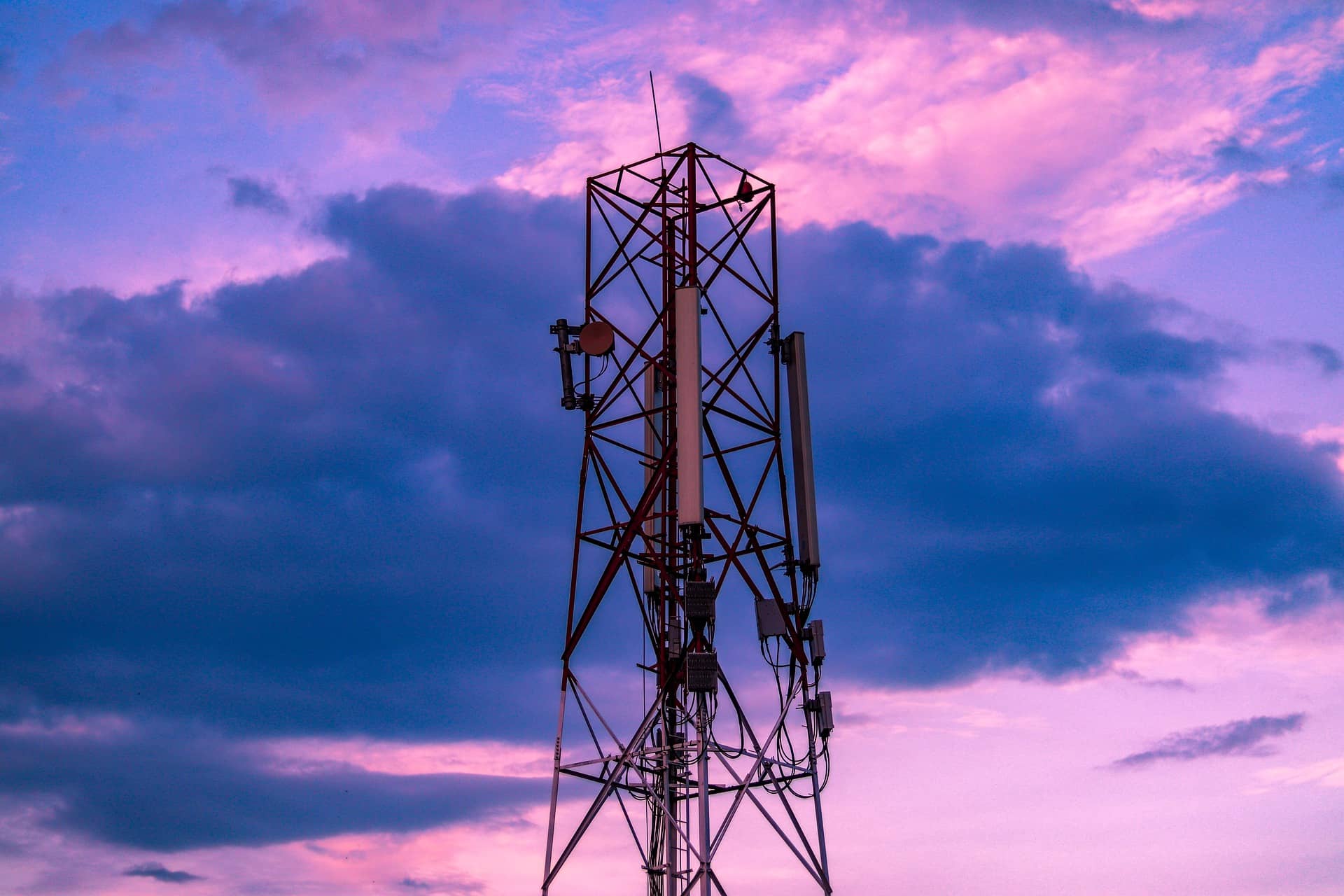
What are the most exciting regions in the submarine cable industry right now and why?
Although there are existing things happening all over the world, with new submarine cables and technologies announced, Africa is at the forefront these days.
Numerous cables have been announced that will encircle Africa unleashing unprecedented international connectivity to Africans, especially in coastal countries. These cables, which complement existing submarine cables already successfully providing international connectivity to Africa for many years, are massive in terms of both reach and capacity and will also provide flexible capabilities to the region, such as active Branching Units for increased traffic diversity, protection, and routing. Interest in deploying cables in the polar regions has grown recently …
What are the most exciting regions in the submarine cable industry right now and why?
Although there are existing things happening all over the world, with new submarine cables and technologies announced, Africa is at the forefront these days.
Numerous cables have been announced that will encircle Africa unleashing unprecedented international connectivity to Africans, especially in coastal countries. These cables, which complement existing submarine cables already successfully providing international connectivity to Africa for many years, are massive in terms of both reach and capacity and will also provide flexible capabilities to the region, such as active Branching Units for increased traffic diversity, protection, and routing.
Interest in deploying cables in the polar regions has grown recently – why is this and what opportunities are there for these regions?
The same reason why cargo ships want to traverse the polar regions can be said for submarine telecom cables as well – the shortest distance between endpoints. Cargo ships save on time and cost (ex. fuel) while submarine cables save of cost (less fiber and repeaters) and time (latency). If polar submarine cables can reduce the distance between two endpoints, say between Japan and the UK, savings can be had related to cost and latency, which for time-sensitive applications, can be quite valuable. New routes, through polar regions or elsewhere, further improve submarine cable diversity, which is a key benefit.
There are challenges related to polar cables, such as ice and international politics, that are being discussed besides just reducing distance and latency.
In recent years we’ve seen major investment in satellite communication networks, from SpaceX’s Starlink to the UK’s OneWeb. Is this impacting the submarine cable industry? Are satellites competing or complimentary with submarine cable services?
Satellite networks and submarine cable networks are complementary and are not intended to directly compete, in most cases. This is because satellite networks target the access part of the global network to connect things like homes, businesses, and cell towers primarily in locations that are not well-served by wireline networks, such as sparsely populated rural communities. Submarine networks, on the other hand, are extremely high-capacity optical networks that interconnect countries, continents, and massive hyperscaler data centers.
However, for small islands with no submarine cables, satellite networks are a viable and often the only alternative to connect to the global network. This is the case where small island populations cannot justify relatively expensive submarine cable investments.
One can think of satellite networks as access ramps to highways with the highways being the high-capacity submarine networks.
What’s the next big breakthrough for submarine cable industry technology? What are you working on right now?
There are many new technologies being adopted and adapted by the submarine cable industry, such as aluminum wet plant conductors, active branching units, Spectrum Sharing, Spatial Division Multiplexing (SDM) cables, ITU-T G.977.1 Recommendation acceptance, machine learning, analytics, and much more. We’re aligned to these trends and are providing ongoing product enhancements to our unique GeoMesh Extreme submarine networking solution, where applicable.
Ultimately, we’re driven by our intense desire to help submarine cable operators to maximise their spectral efficiency and reduce their overall costs for optimal return on submerged assets while constantly striving to reduce the associated carbon footprint.
Sustainability has become a key concern for the wider telecoms industry – how does this impact operations in the submarine cable space?
Sustainability is a hot topic of discussion in all industries and networks, and the data centers they interconnect, are no exception – and rightfully so. Energy consumption cannot scale linearly with network bandwidth growth from an economic, environmental, or practical perspective.
There are many ways to improve sustainability in the submarine cable space, and we’re providing practical solutions to help operators continually reduce their carbon footprint, where possible. Each new generation of Ciena’s Submarine Line Terminal Equipment (SLTE) modem technology provides significant reductions in power, space, and cost per transported bit by leveraging the latest in silicon manufacturing alongside industry-leading advancements in Digital Signal Processing (DSP) and optoelectronics that are continually optimised using software control and analytics-driven automation to optimise spectral efficiency, cost, and sustainability.
From an architecture perspective, our pioneering GeoMesh Extreme solution reduces, or outright eliminates, multiple optical-electrical-optical conversion stages to further reduce the overall carbon footprint of an end-to-end network that traverses submarine and terrestrial segments. By leveraging advancements from chip silicon to end-to-end architectures, cable operators can continually optimise their carbon footprint while still addressing growing bandwidth demands.
Ciena are a Title Partner for Total Telecom’s Submarine Networks EMEA event, bringing the subsea community together to discuss the latest trends and technologies.
On Day 1, join Ciena’s Industry Consultant, Ed McCormack as he explores the subsea industry’s dynamic evolution in his ‘Reflections and predictions – my optimism for the future’ keynote presentation.
On Day 2, Ciena’s Thomas Soerensen, Senior Consultant, Global Submarine Sales joins a keynote panel of industry leaders to discuss the ‘Developing and growth areas in the EMEA and beyond‘
Want to have your say on how the industry is changing? Ciena will be hosting a Workshop on Day 2 from 14:00 – 17:00 discussing ‘Tomorrow’s Submarine Networks – Ciena’s Vision of the Future‘
Check out our website for more information about Submarine Networks EMEA’s exciting agenda

